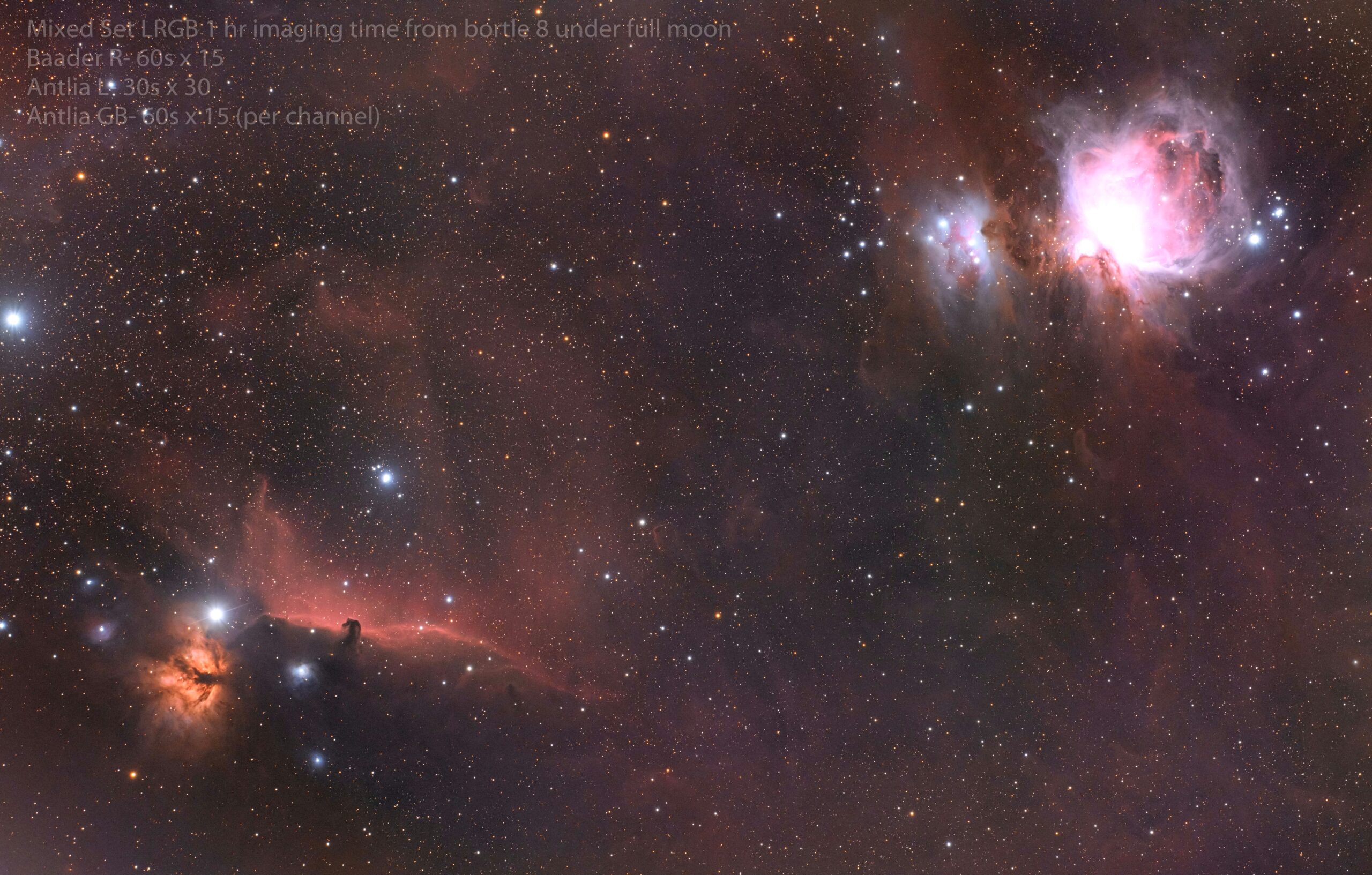
It’s been a few months since I originally posted concerning the new Antlia Pro filters. First off, I want to be give props to folks in the Astronomical Equipment industry for getting me sorted. It took a village, ya’ll! Now, to get caught up… check out my first blog post way back in January! https://space4everybody.com/a-tale-of-two-lrgb-filter-sets/
OPT sold me my QHY-600 camera as a “KIT”. It came with a 7 position filter wheel- and a set of 50.8 unmounted Antlia 3.5mm LRGB + Narrowband filters. Unfortunately, after it was shipped to me and I unboxed the kit, I discovered incorrect LRGB filters and NO Narrowband filters. After a few weeks, OPT took care of me completely and refunded me the price of my filters and a nice discount code I could use later for another purchase. It’s important to remember that these are just people moving equipment around in a supply chain. They have good days and bad days just like you and me. Cut them some slack and check your temper/frustration at the door. In this industry especially, many conversations happen between continents and it’s going to take a day, week, or weeks sometimes to resolve situations completely. Was I frustrated? You bet! Was it anyone’s fault specifically? No, just a packaging mistake. It happens. Did I freak out on anyone? No. Did I complain to my friends. Yes. I vented. I understand, when you spend as much as we do on this endeavor it’s really scary when something is missing or wrong. I wrote an email(s) stating what I would like to reasonably happen. I did make the mistake of communicating in Chat/Phone/Email when I probably should have just kept it to one of those systems so as not to split that conversation and cause everyone confusion- My bad. Eventually, at the end of the day, OPT, (Dustin, Shawna, and Kurt) did what they needed to do- take care of the customer.
Cyclops Optics- The first retailier to have a set of LRGB filters in stock that worked for my system (50mm unmounted) sent me a set from Hong Kong in THREE DAYS – in time for me to install before leaving! My amazing luck saw me receiving a set of filters with an improperly coated 50mm R fitler. Again, no one’s fault other than my bad luck. Robin IMMEDIATELY found out when a replacement could get to him and he shipped one to me in lightning time, arriving the day I had to depart. And with cloudy skies so no way to push it another day for install and test. This meant, my filter saga would have to wait until I returned this summer. Here is a short video showing the incorrect coating on my initial Red filter and the correct coating on the replacement.
This left me with a set of BAADER filters that I borrowed from my good friend Dennis Sprinkle until I could purchase some of my own. So my system looked like this:
L, G, B- Antlia Pro 50.8 unmounted
R- Baader 50.4 unmounted
Ha, S2, and O3- Baader
Here’s my comparison image to the one shot above. The difference in the two being the top photo is shot in a Bortle 8 zone while this one below was shot in a Bortle 2 zone. Same framing, acquisition time and processing. Just simply displaying so folks don’t think the filter matching caused the above gradients.
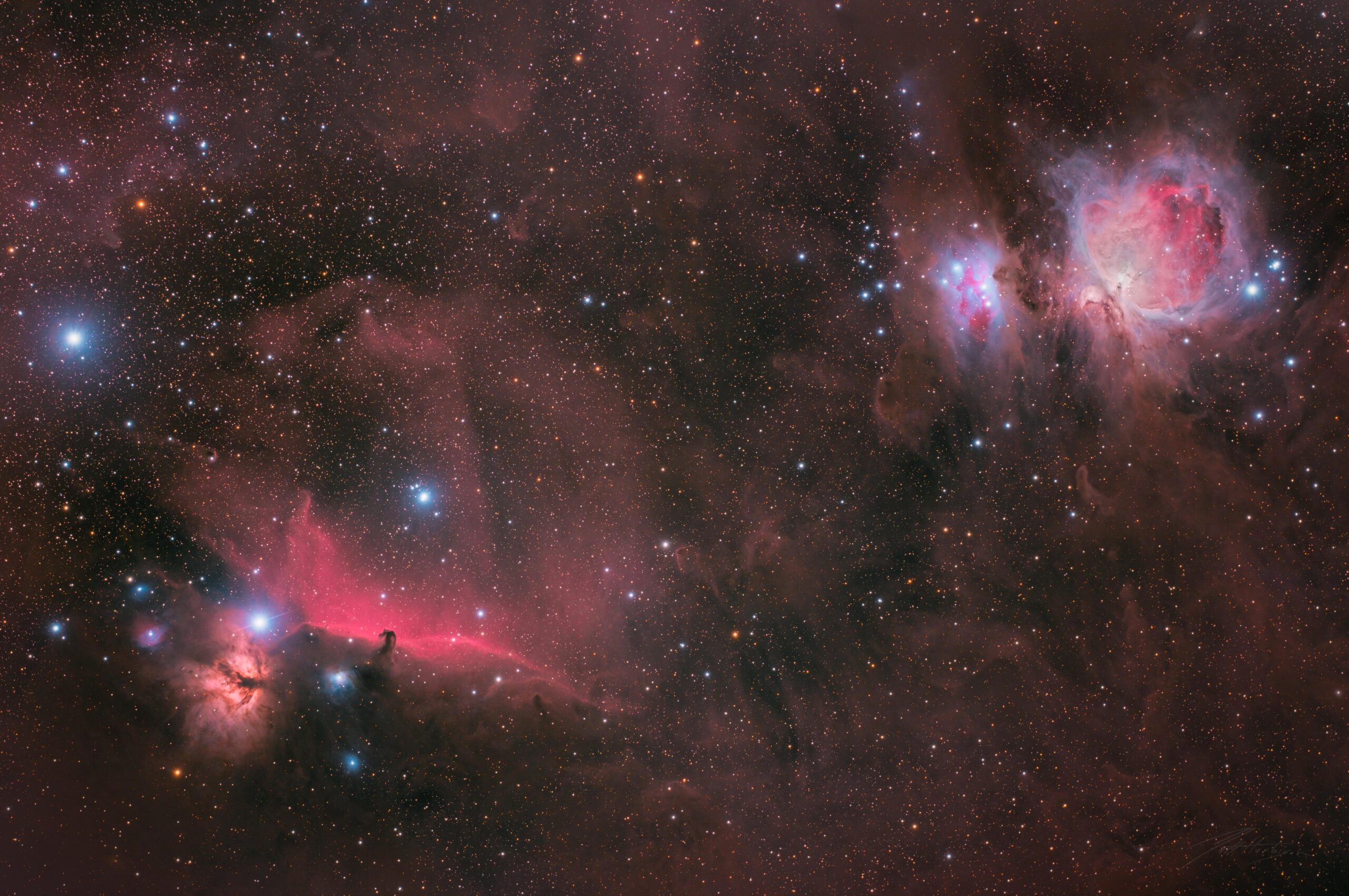
Not the ideal system, but EVERYONE was out of stock. In case you weren’t aware, the pandemic has been GREAT for the astronomy/astrophotography industry. Many things are backordered or out of stock simply because of demand. Patience is key these days. It took me almost four months to find complete sets of filters to make my own. I can’ t complain too much though because the above set did allow me to capture two Image Of the Day awards at Astrobin for my Spaghetti Nebula, and my Seagull Nebula.
And so here we are revisiting… I’ve now got the full set of LRGB + Red Replacement filter + Narrowband Antlia Pro 3mm filters, and as promised here are my tests!
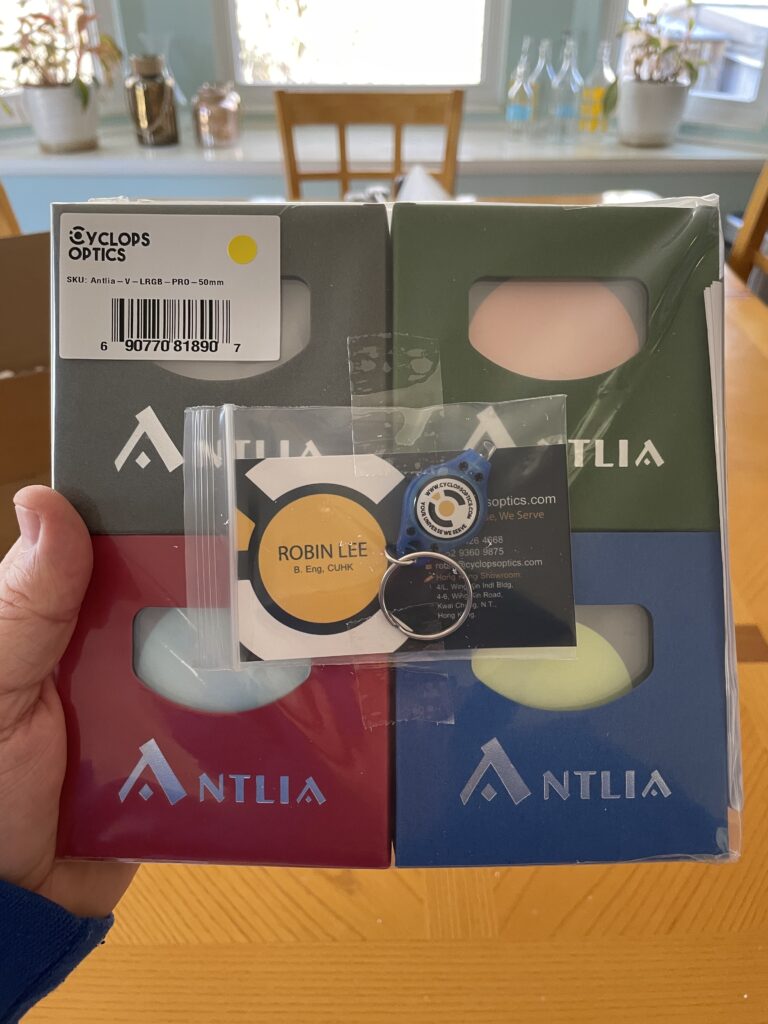

Test Equipment Specs:
Telescope: Stellarvue 86mm SVQ scope at f5.4
Camera + FW : QHY 600m + CFW3 to run the tests.
**I’ll add a photo of this setup later**
I decided to test the system at the extreme- straight on Arcturus. At magnitude -0.04 it is the third brightest start in the sky. It’s safe to say, this star will punish any system’s filters. I captured 12 60s LRGB images and stacked (without flats) to reveal any glow or halo that might be present- and I’m happy to report there is none. With the Narrowband I captured 300s exposures and did see some slight halo .
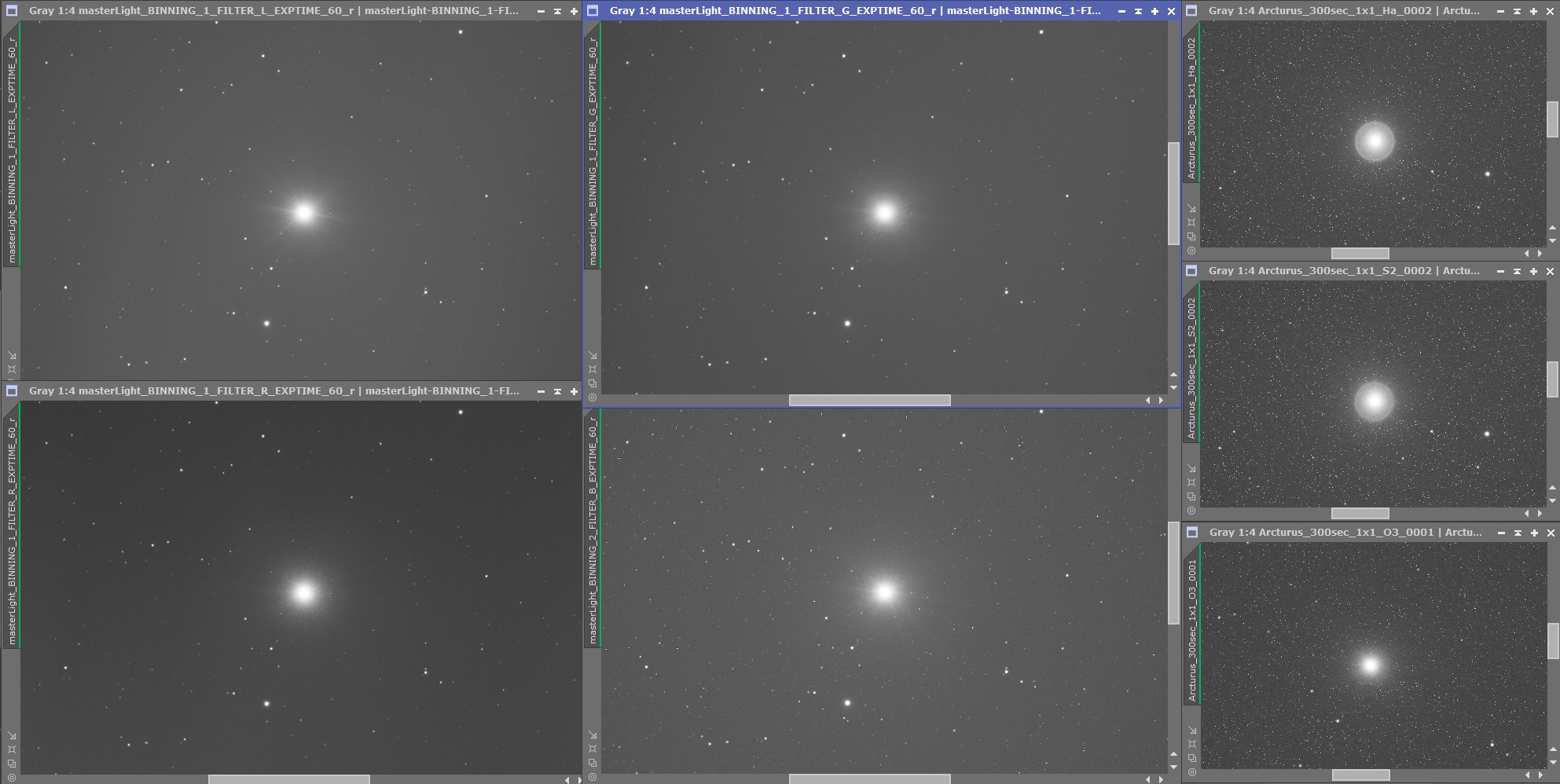
Next, I stacked the LRGB frames into a single image to reveal the star color. I believe this is WAY better than my mix matched set.
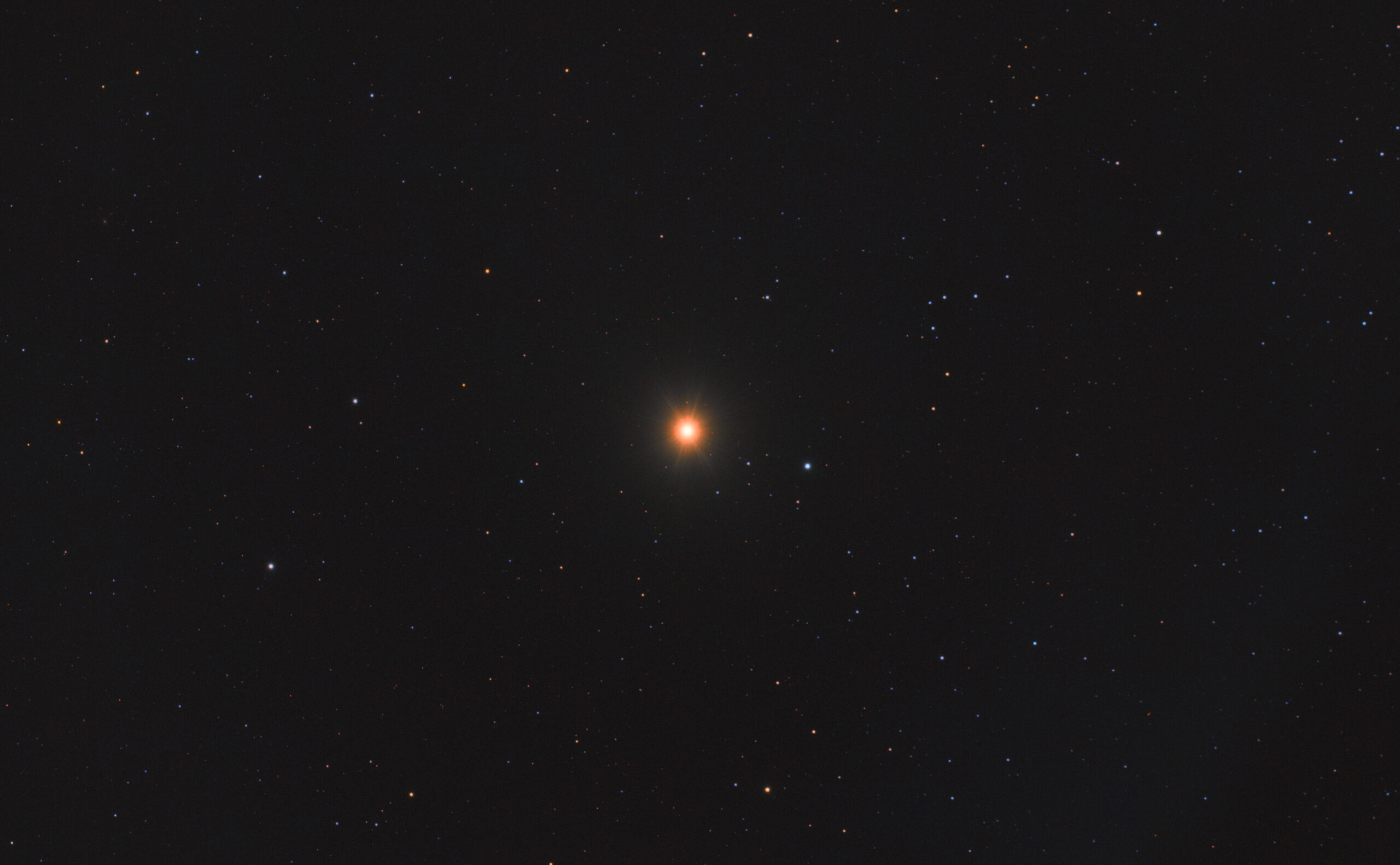
Next, I pointed my scope at Antares (magnitude 1.09) to do the same test. Unfortunately clouds rolled in so I didn’t get sets to calibrate and stack, but it’s safe to say the results were good.
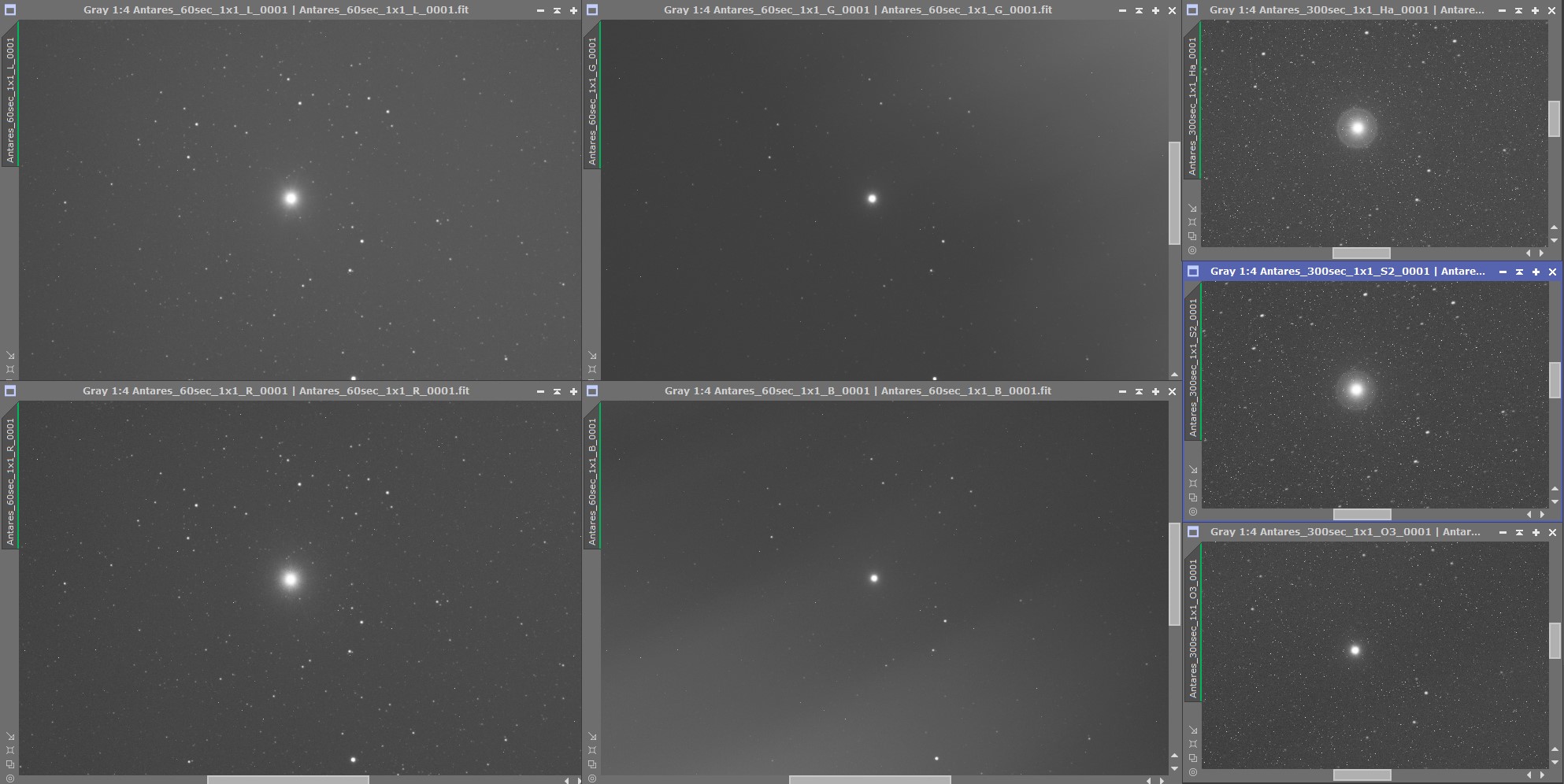
So at the brightest stars- magnitude 1.5 or greater, there is a slight halo. Very similar to the halos you see on my previous 200 panel mosaic with my Astrodons. Definitley NOT a show stopper, but also not the most ideal. While I love pin point stars, having halos on stars greater than 2.0 isn’t a show stopper in my books, but it will add some challenges to some images with a particularly bright star. Again, that’s me. I’m very familiar with halo reduction so not something I’m going to worry about. I pointed the telescope at a common area for narrowband imaging and captured three frames at 1200 seconds (20 minutes) each to see if there were any problems and I’m happy to report there were none. Here’s the image revealing nice separation under a normal starfield:

Finally, here’s a stack of single images to show the color gained from three 1200s single images presented in the SHO pattern- or the Hubble palette. I really didn’t take much time to present this- just stacking with RGB combination (SHO=RGB) and then doing a histogram transformation.
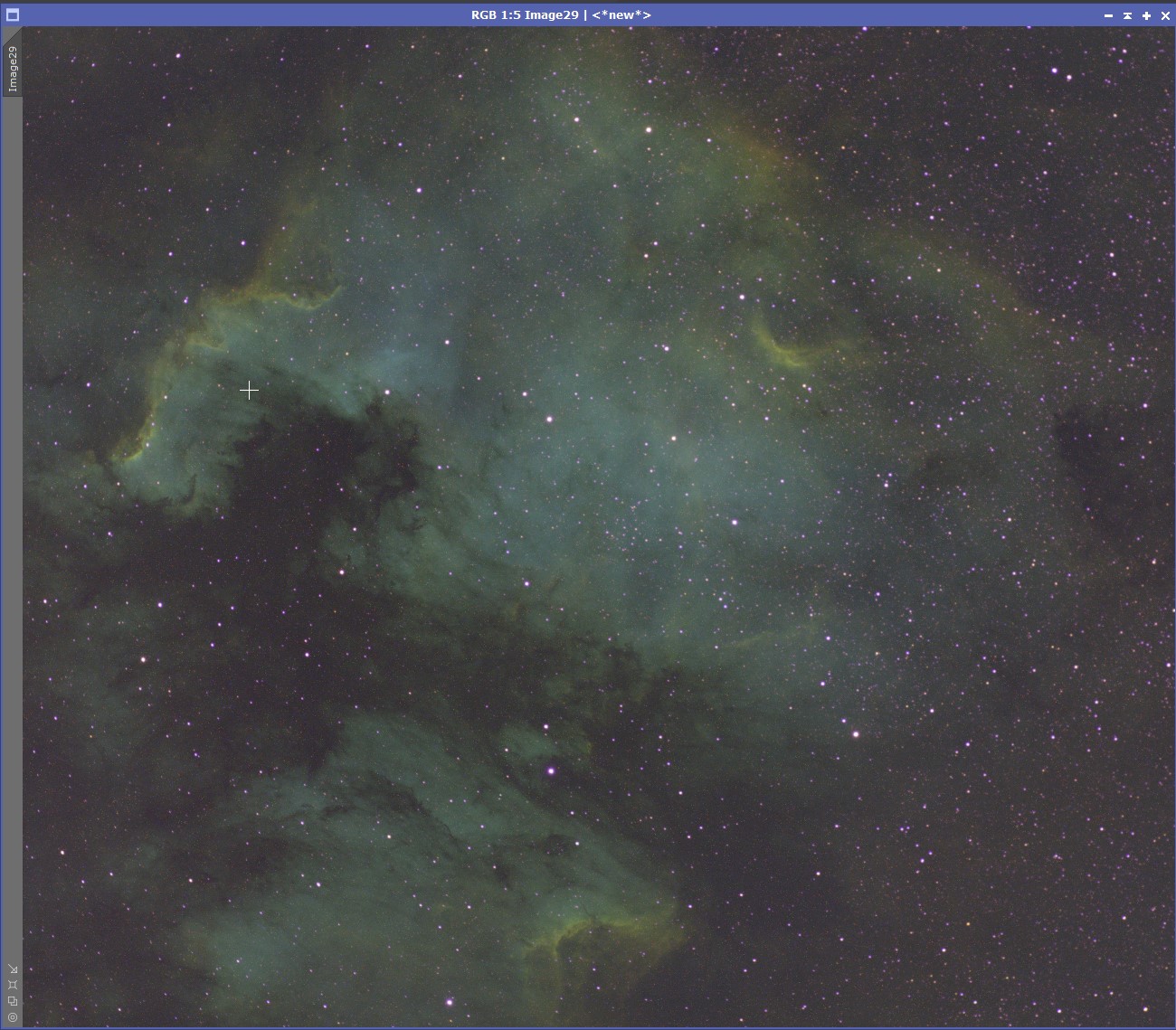
I purchased my set of Antlia Pro 3nm Narrowband set from Woodland Hills Camera and Telescope. Again I was met with great service. I will say, it’s nice that Woodland Hills has a reward program that benefits the customer almost immediately with their reward points.
MY THOUGHTS ON THE ANTLIA PRO 3MM LRGB+SHO set:
PROS:
– Incredible Value
– Excellent Star Color
– Parfocal across the set
– Great seperation in the narrowband channels
– No Halos in the LRGB Pro set
– Amazing packaging (superficial I know but the magnetic cases are nice)
CONS:
– Narrowband filters have slight halo on the brightest stars (roughly magnitude 3 and brighter with my stated equipment) YMMV depending on speed and focal length
– Tough to find in stock
I believe these filters to be the best value out there at the moment. Offering parfocal performance and really nice star color + narrowband separation, Antlia is filling a gap that exists in the market at the moment.
I’ve seen other folks post results with these filters being wonderful on the slower scopes so please do some homework to make sure they work for you and your setup.
Feel free to post questions below!

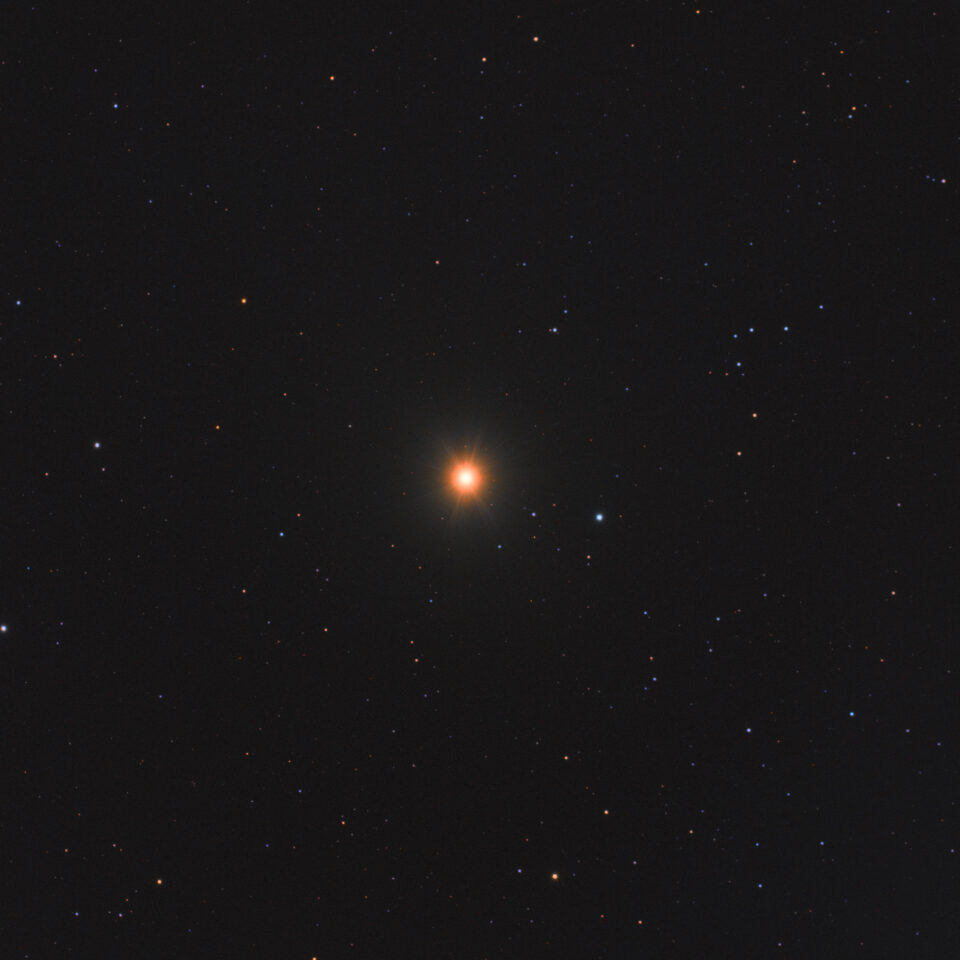
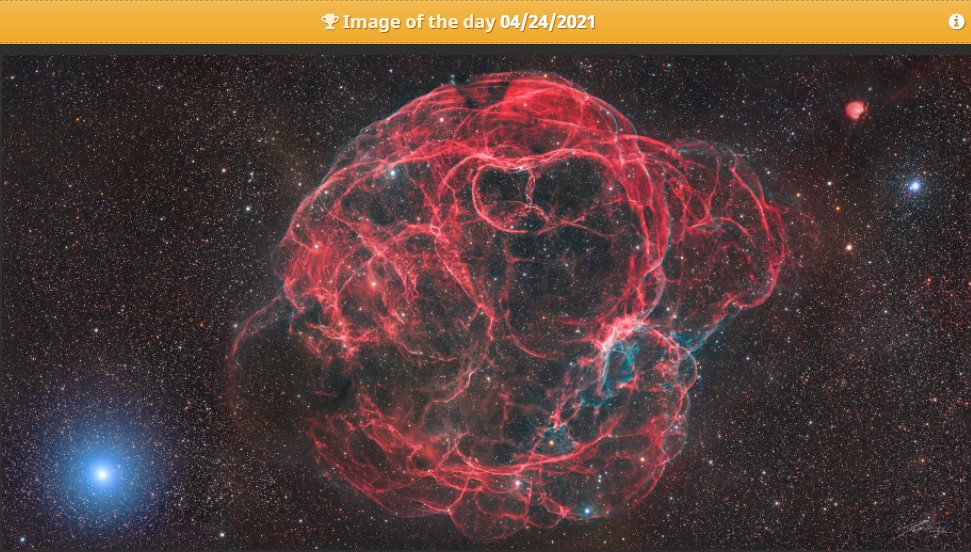
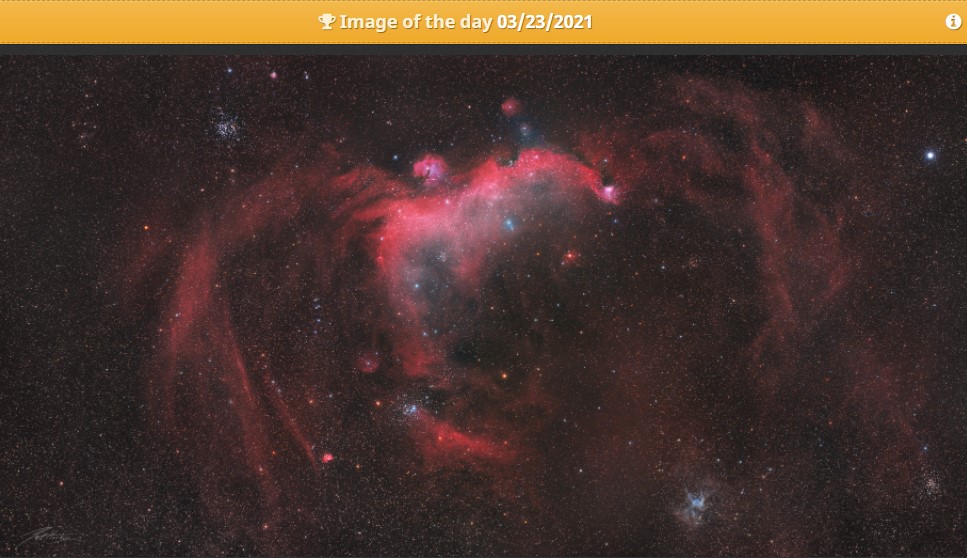
Matt,
Thanks for this huge amount of work putting this together. I enjoyed the write-up, appreciated your views on astro supply chain issues and vendors, and really liked the detailed presentation on filter results. I am considering an upgrade to a ASI2600MM from my trusty ASI1600MM but the filter costs are a bit daunting. I currently have 31mm Astrodons which are too small for the new sensor and at the end of the day I may want to keep that camera and filter set operational on another scope anyway. I had been looking at Chroma at one point but they are now as expensive as the Astrodons so I did not really see that as a solution. When I saw initial reports of the Antlia and then the Antlia Pro filters I was interested. Your testing really fills in a gap to be able to start to have confidence in purchasing those filters instead of the more expensive options out there.
So the quick question is, would you say the halos on stars ~brighter than magnitude 2 on the Antlia Pro would be comparable to what you have seen with Astrodon filters? I am especially interested in the Hα filter performance. I think my telescope specs are at least comparable to yours, as I shoot with a Stellarvue SVQ100 – a 100mm f/5.8 OTA, and I have a 5nm Astrodon Hα filter, 31mm unmounted. I do know there are potential issues with the microlenses on the ASI1600 too that could be contributing to what I see on very bright stars with my setup, I am not sure if the newer cameras would be better in that regard.
Anyway, thanks for this report, let me know if you have any thoughts on my question…
Best Regards,
ML
Longmont, CO, USA
Mike! I am so sorry I missed your email. It got lost in a website upgrade and I only found it after reworking some things.
Honestly, my Astrodons were on a CCD camera which behaved completely different from my CMOS camera (like yours) and I’d say the Antlia’s would probably give you better performance. As it’s old news now- I assume you’ve read up on the needed cut offs for the newer CMOS cameras. Both Astronomic and Baader have addressed the issue with their new lines for CMOS cameras specifically. I actually just upgraded to Chromas to match another scope I’m hoping to do survey work with.
Again, my apologies, I’ve corrected the email so that I don’t miss these comments in the future.
Clear Skies!
Matt